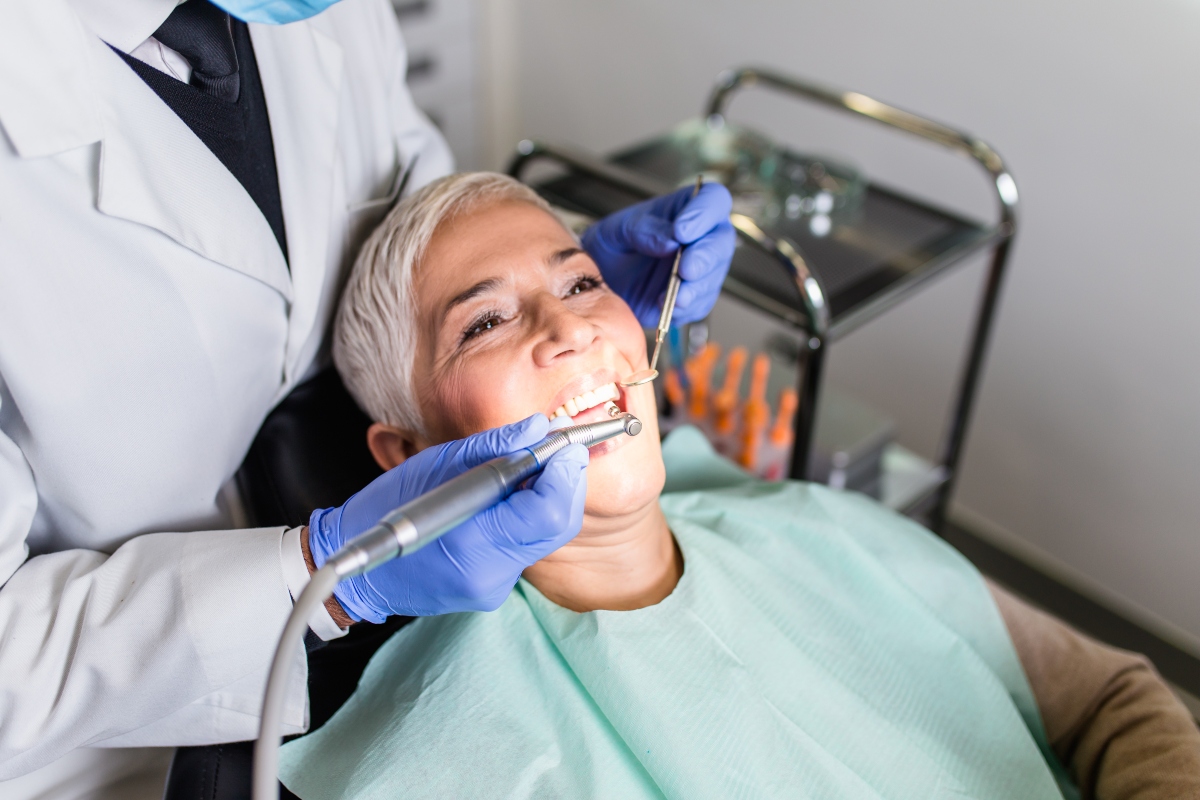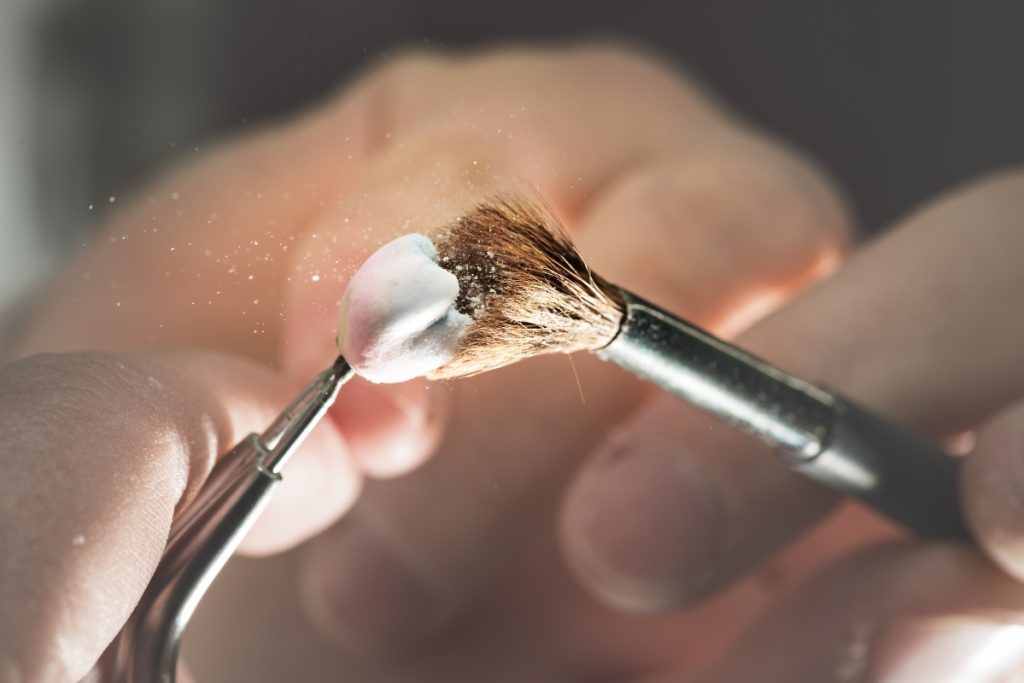Dental implants Bondi Junction have been around for a very long time in fact evidence can date them back to 1350 years ago. However technology and innovation in implant dentistry have developed the technique to an exceptionally high level. Implant dentistry has benefitted massively from a combination of dental science and practical application. One of the most important aspects of replacing a patient’s lost tooth is securing the prosthetic tooth sufficiently, as movement is both uncomfortable and can cause problems. Dentures don’t achieve that by themselves and bridges require other teeth to act as an anchor. Dental implants however can support these devices in the same way as natural teeth.
It all starts with an examination
Nothing can happen without a thorough dental examination and an informative discussion about the procedures required to achieve success. The latest technology allows the dentist to take X-rays and 3D scans of the entire interior of the mouth, building a comprehensive and precise image of the teeth, gums and jawbone. The information will be assessed and the patient is advised of what procedures will be conducted. The jawbone is very important in this treatment as the procedure mimics the natural root and tooth. If the jawbone is not strong enough a bone graft will be required before the implant can take place. The latest advances in bone grafting techniques are astounding and the future of bone regeneration is encouraging more and more implants to be done.

The implant procedure
A small incision is made into the gum in the exact location where the implant will be secured. A small hole is then drilled into the jawbone which is where the artificial root will be placed. The artificial root takes the form of a titanium post which is set into the hole drilled into the jawbone. Titanium is used because it fuses easily with human tissue and forms a solid foundation, the same way as a root does for natural teeth. A healing cap is placed on top of the titanium post which sits flush with the top of the gum. The fusing of the bone and titanium post is a natural process and will take around six to seven months to complete naturally. An abutment is placed on top of the titanium post which will provide a stable platform for the crown to sit upon. The crown is the most visible part and is the artificial tooth, and great care is taken to ensure that the shape and colour matches the patient’s own natural teeth.
After the procedure
It is natural to feel some swelling and discomfort for a while and it is advised to eat soft foods. Once the swelling has subsided a visit to the dentist is necessary as a final check that everything is healing properly. Once the all clear has been given, eating and drinking naturally will be possible. It is recommended that a soft bristle brush is best, but routine and regular brushing and flossing are essential. The difference will be noticed immediately because the implant will look and feel like a natural tooth if a single crown, and if more than one is used in securing a bridge or dentures the wearer can feel confident that their prosthetic will no longer shift.
Any surgical or invasive procedure carries risks. Before proceeding you should seek a second opinion from an appropriately qualified health practitioner.

